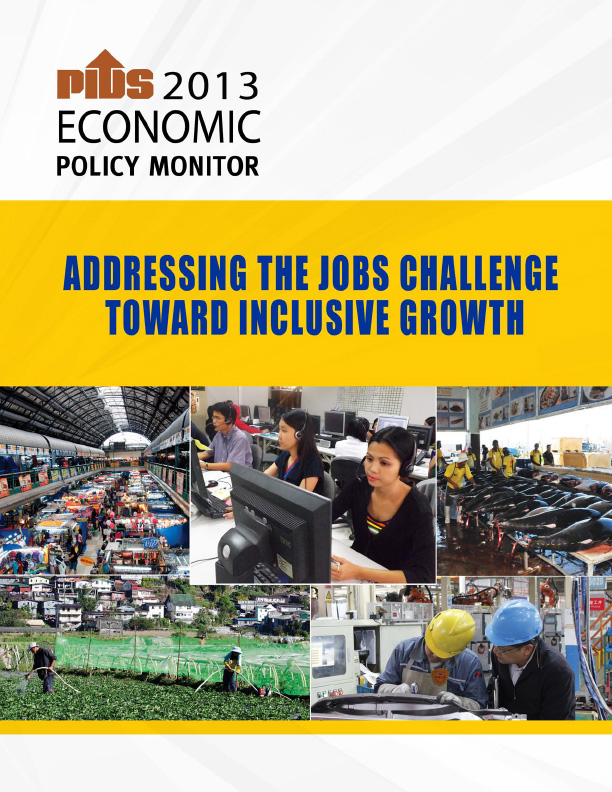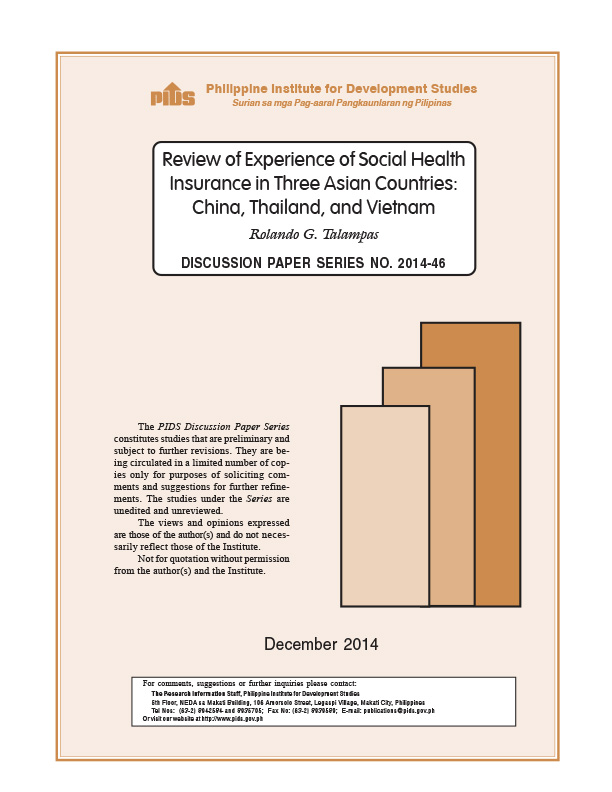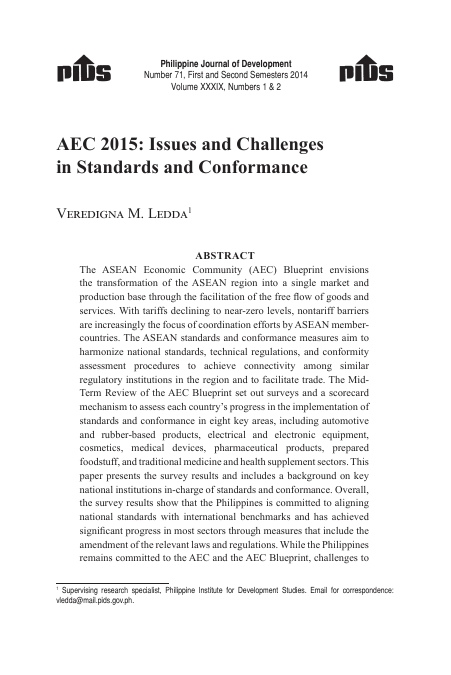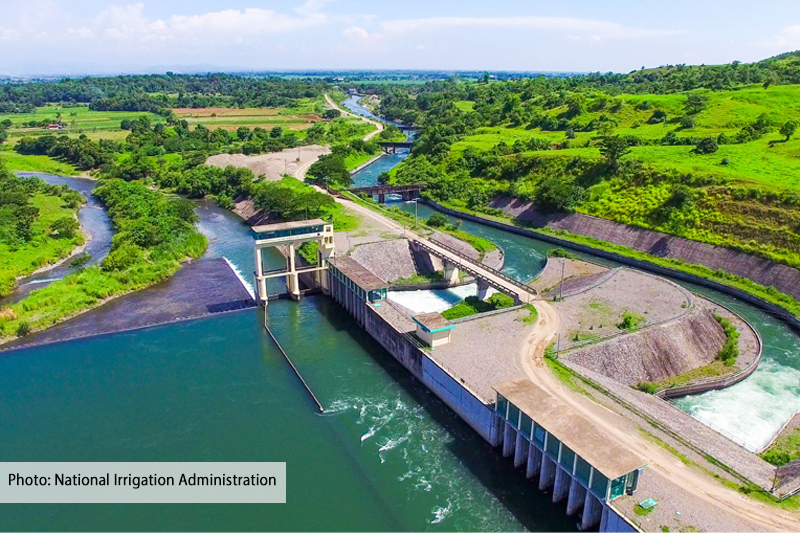VIETNAM has already overtaken the Philippines in terms of per capita GDP in 2020, according to local economists, including a former Socioeconomic Planning Secretary.
In a recent forum of the Philippine Center for Economic Development (PCED), former Secretary of the National Economic and Development Authority (Neda) Dante B. Canlas said Vietnam overtaking the country is a story that is seldom told.
Canlas said the per capita GDP of the Philippines was at $3,598.61, still higher than Vietnam’s $3,288.35 in 2019. However, the country’s per capita GDP declined to $3,195.54 in 2020 while Vietnam’s increased to $3,352.06.
“I call it ‘a story seldom told.’ Vietnam overtook the Philippines in per capita GDP in 2020. And up to now the per capita GDP, going by the World Bank indicators, Vietnam continues to surpass the Philippines,” Canlas said.
“There are major challenges [for the Philippines]. One is the stabilization as well as the need for a strong public health system. And in the long run, we have to industrialize and make sure that we’re able to engage in energy development to be able to come up with affordable electricity rates,” he added.
This finding was confirmed by former Philippine Institute for Development Studies (PIDS) President Josef T. Yap who said his study took into consideration 2021 data, and this showed the country’s current per capita increased to $3,550 while constant per capita GDP was at $3,328.
These numbers still paled in comparison to Vietnam’s current per capita GDP of $3,590 and constant current per capita GDP pegged at $3,409 in 2021.
This latest development, Yap said, is a pattern that started as far back as the 1960s. He said the first Asian country to overtake the Philippines was Korea in 1964, followed by China in 1998.
The Philippines has also been overtaken in terms of per capita GDP by its Asean peers starting with Thailand in 1985; Indonesia in 1993; and Vietnam in 2020.
Yap attributed this to a “double-whammy” that hit the country at a time when, despite the good intentions of the government, prevented it from advancing the economy forward.
“First aspect of the double whammy is FDI [foreign direct
investments] from Japan. We missed the rising tide. Our boat was weighed heavily by different factors such as the rising tide from the Japanese FDI. The Philippines didn’t benefit as much as Malaysia, Thailand, and eventually, China and Indonesia,” Yap said.
“The second aspect of the double whammy is we embarked on an economic liberalization program from a position of weakness, plus we had a fixation on repaying the external debt. I sometimes say that we protected too long and liberalized too fast,” he added.
Canlas said, however, the Philippines can still go back to where it was in 2019. Such, he said, will require addressing challenges in the post-pandemic era; implementing the universal health care act (UHCA); making energy affordable; transforming through industrialization; and ending the rise in income inequality.
Addressing post-pandemic era challenges means having a sound deficit financing and public debt management program. These efforts must help reduce the deficit-to-GDP ratio to 3 percent and debt-to-GDP ratio to less than 60 percent by 2028.
However, Canlas noted that reducing the budget deficit must be done while protecting Filipino values in health, education, and shelter as well as modernizing and expanding infrastructure.
Implementing the UHCA, meanwhile, is needed to minimize the scarring effects of the pandemic that affect Filipinos and labor productivity in the country. This will help reduce morbidity and absenteeism in the workplace and increase youth employment through health investments.
This also involves providing sufficient financing for PhilHealth and making sure that these funds are used with integrity. Canlas said the Neda should improve its monitoring and evaluation efforts, particularly on health programs by implementing mid-course corrections through the Social Development Committee, one of the Neda Board’s interagency committees.
In terms of affordable energy costs, Canlas said the Philippines should accelerate the cost competitiveness of renewables in an emission constrained economy and migration of climate change effects.
Strategies to transition from coal to renewables should be implemented. These include placing natural gas in the mix over a predetermined period; rolling out a program for clean transport; and revisiting the Electric Power Industry Reform Act of 2001.
Canlas said the government should also consider peak-load pricing in electricity use for better demand management.
These measures in the energy sector can help the Philippines transition to become an industrialized society. This means increasing productivity in all sectors, including agriculture as well as providing incentives for sectors who feature learning by doing as well as increasing returns to realize economies of scale.
The former Neda Chief said the country must invest in expanding educated manpower and managers as well as entrepreneurial classes that offer specialized education and training.
The government must also reduce electricity rates paid by household and industry users and adopting a modern industrialized policy that encourages inclusive growth.
Aiming for inclusive growth augurs well in terms of ending rising income inequality in the Philippines. Canlas said studies show that widening income inequality is bad for economic growth.
“Let’s try to break the $4,000 middle-income barrier. That’s the definition of the World Bank as the middle-income threshold and then see if we can overtake Indonesia and Vietnam,” Canlas said.







